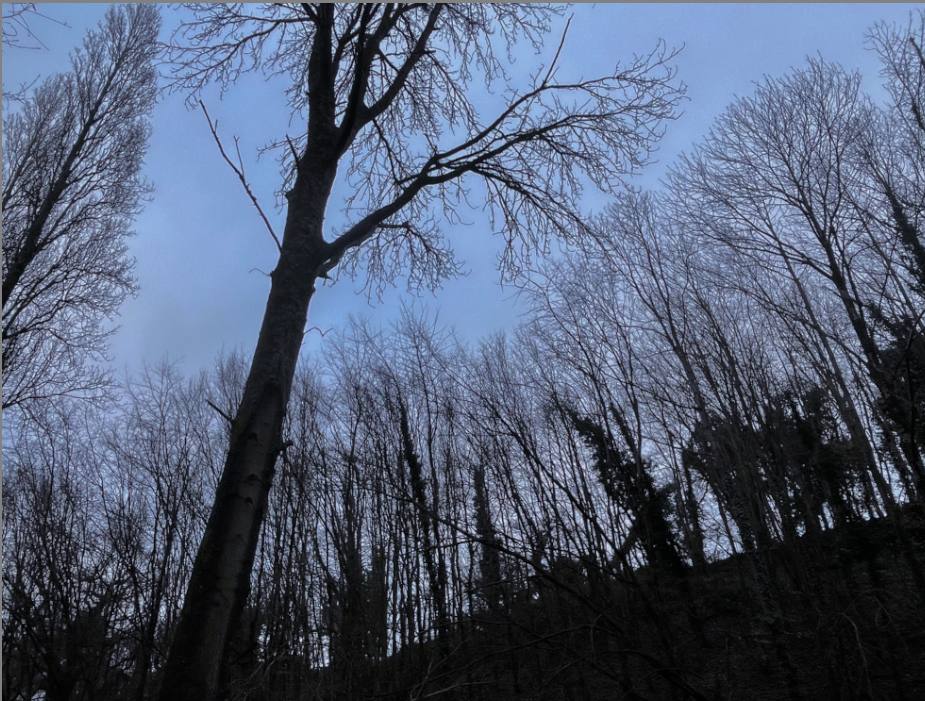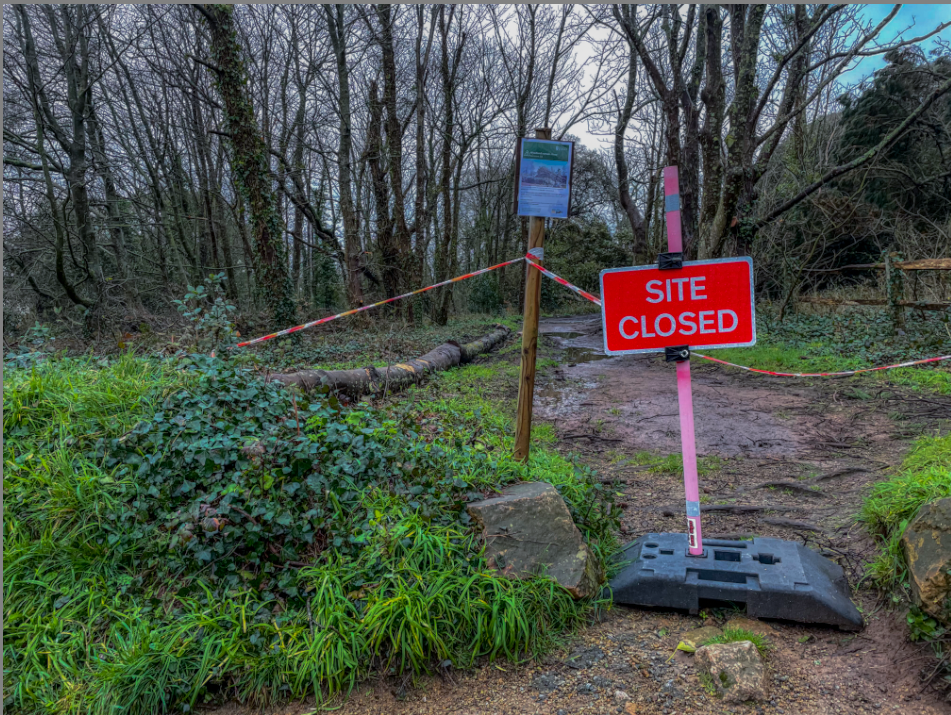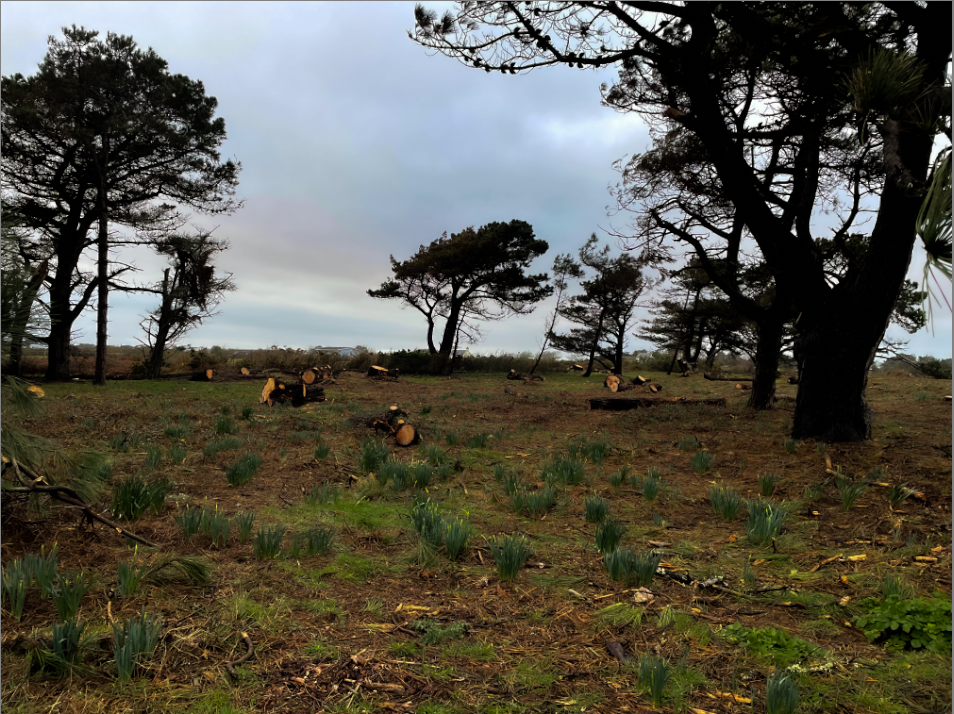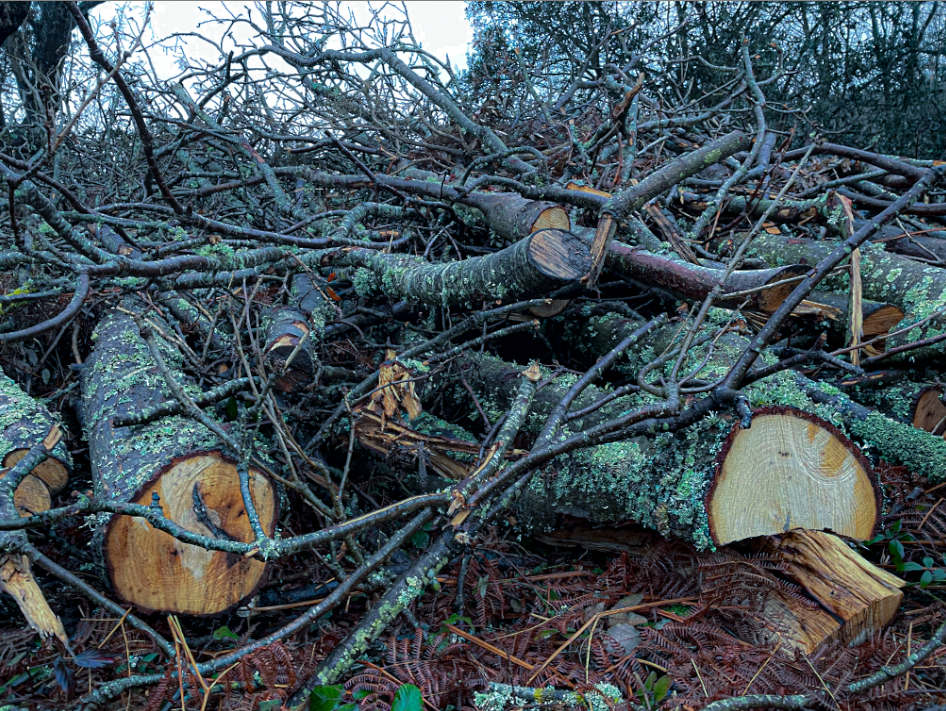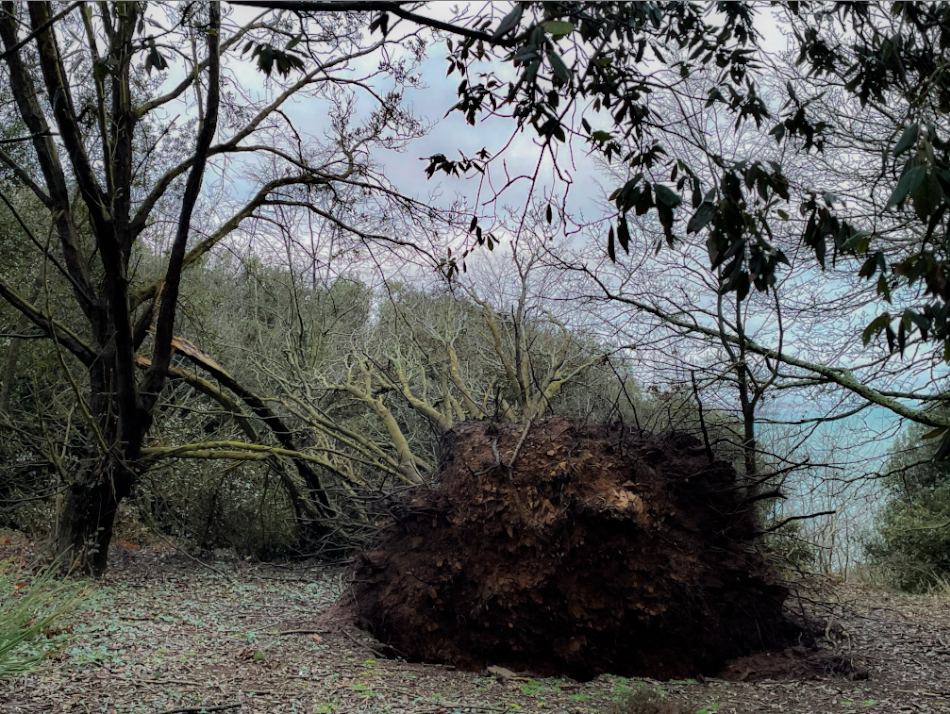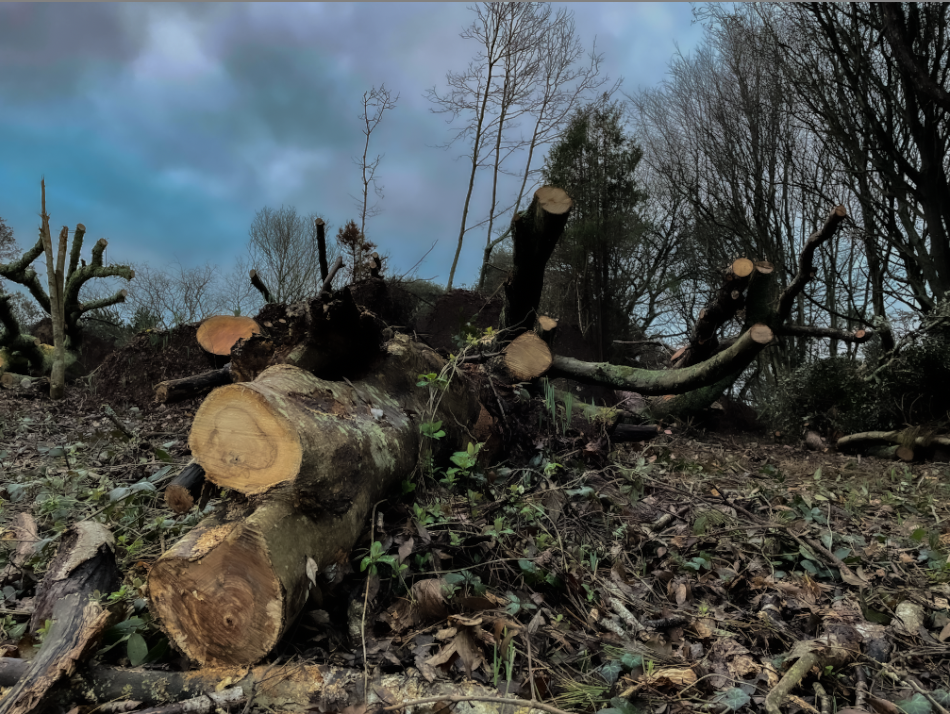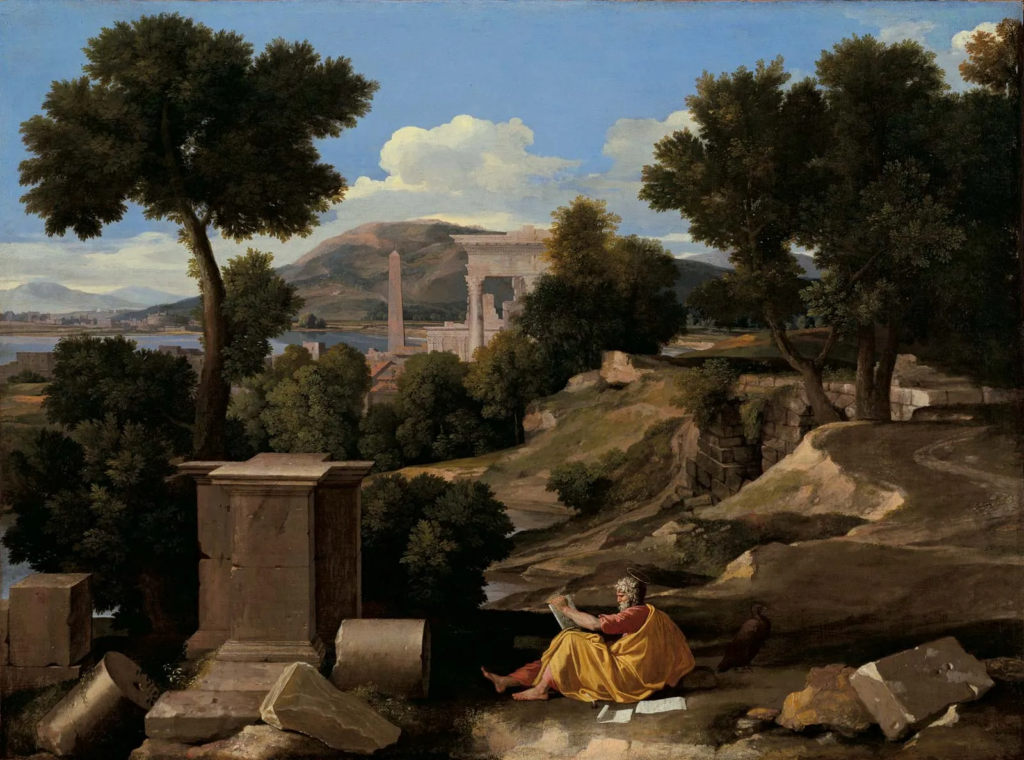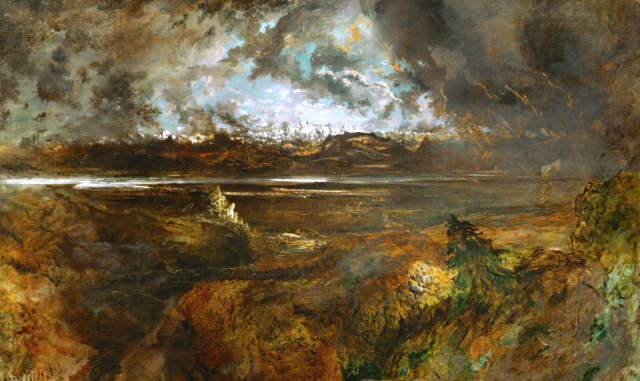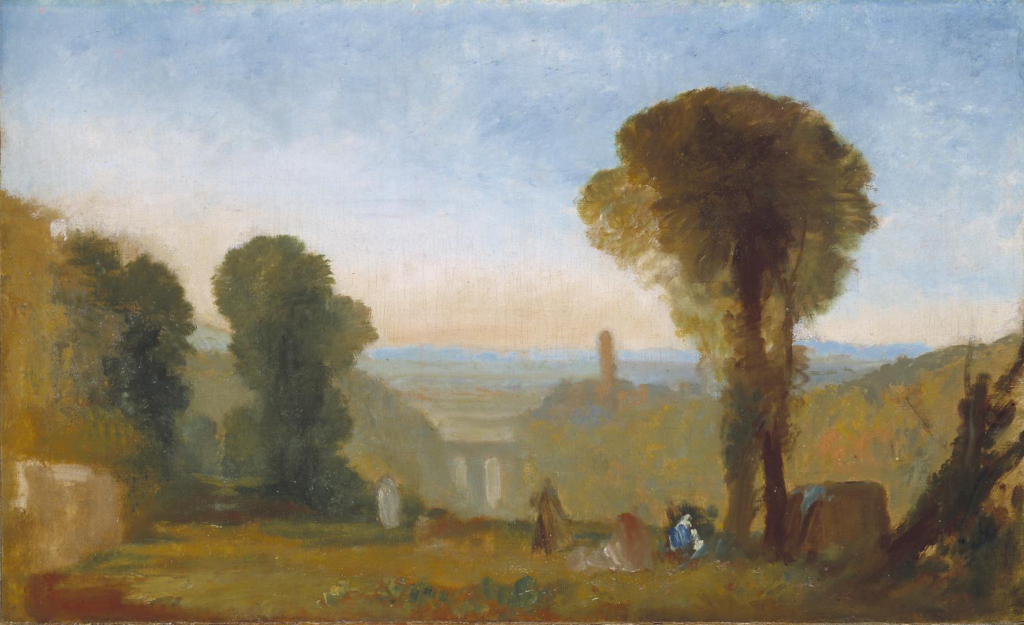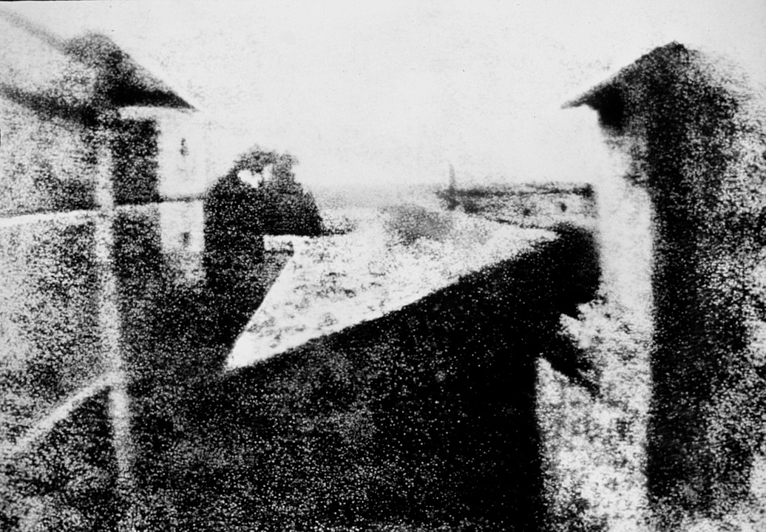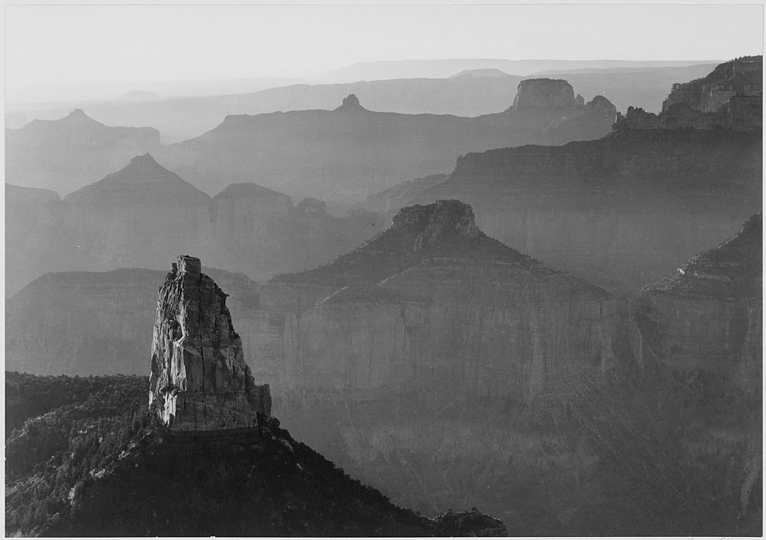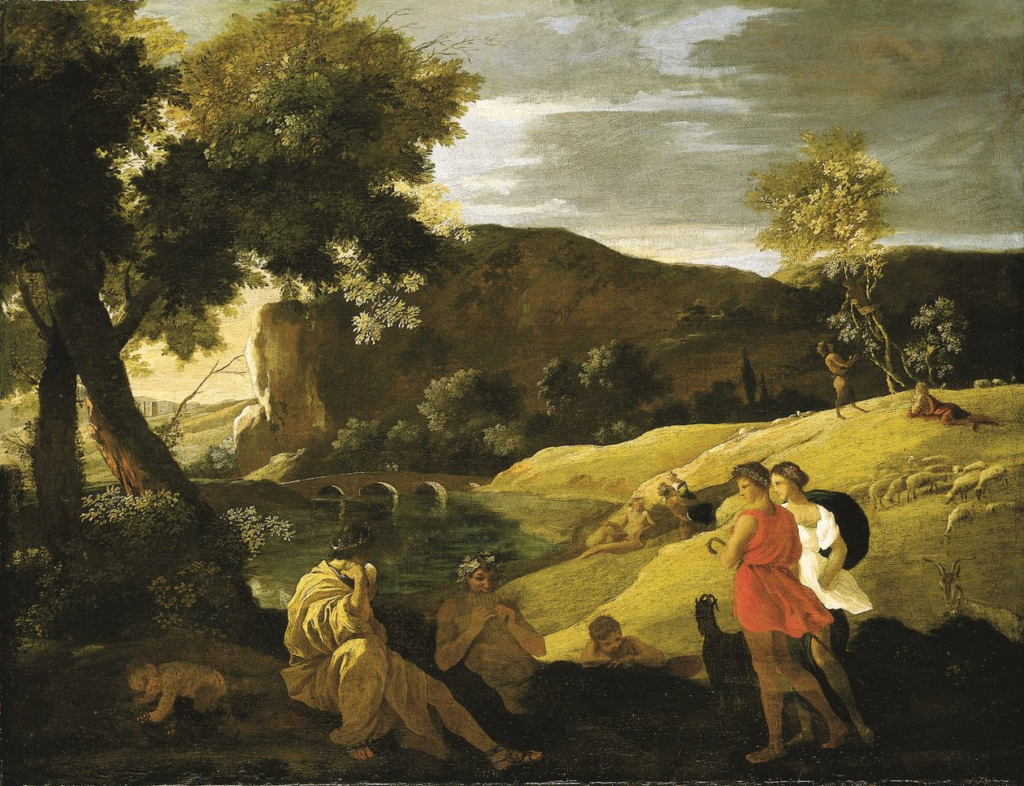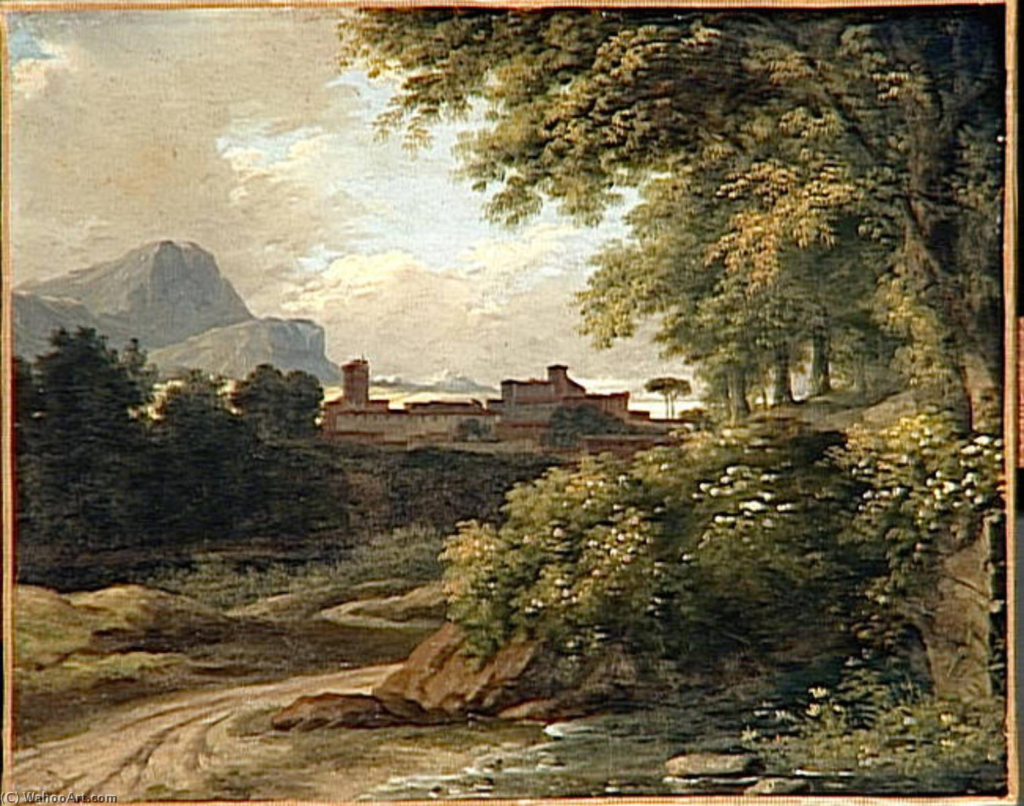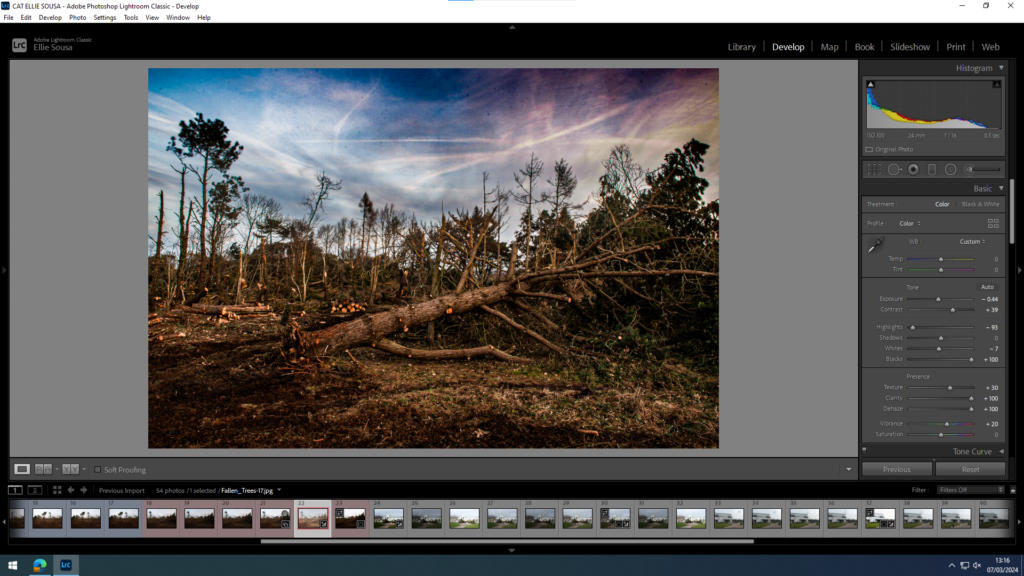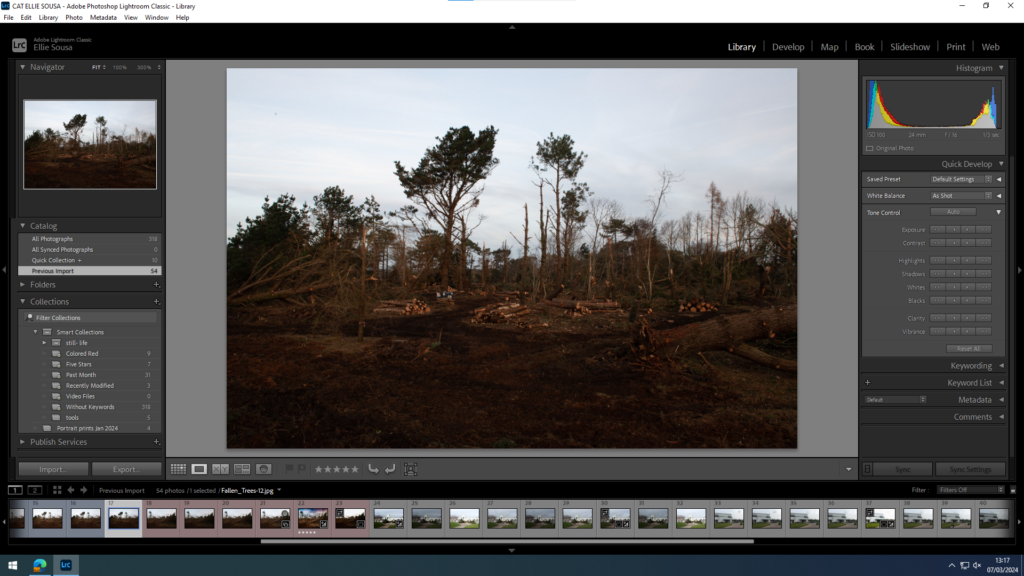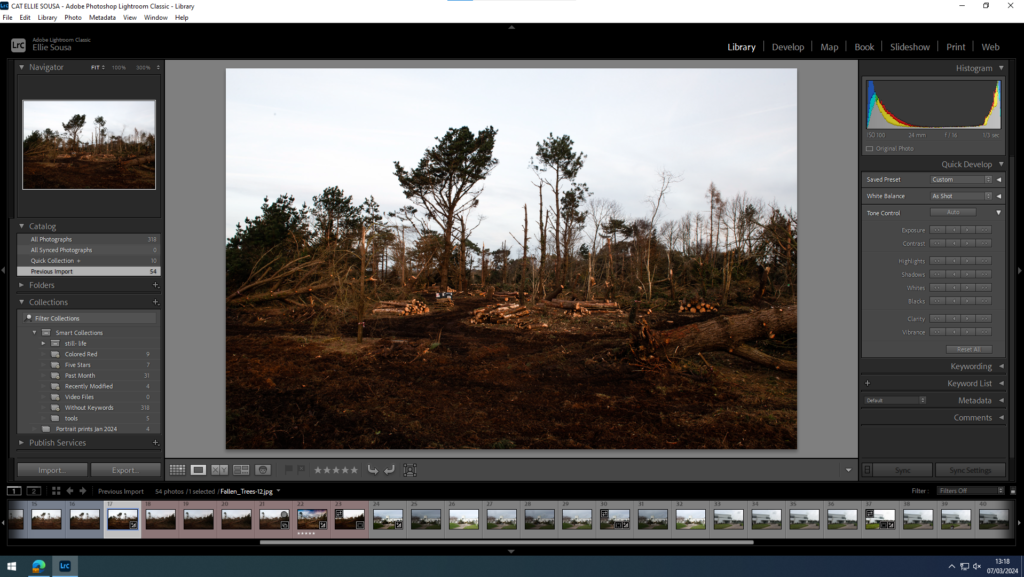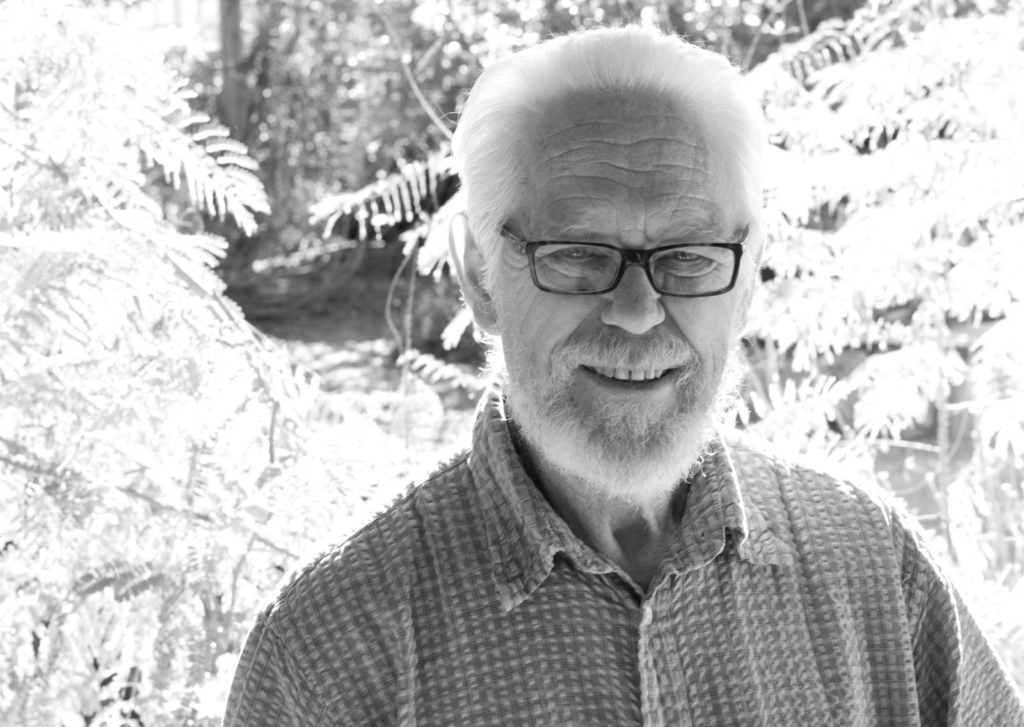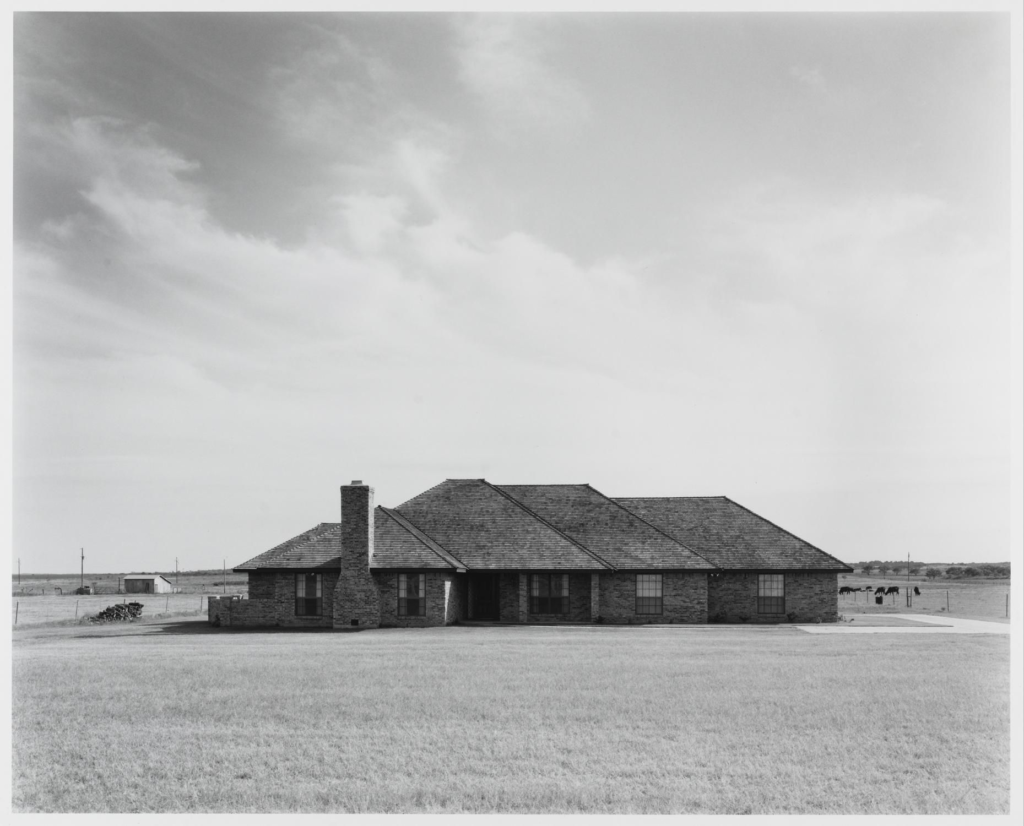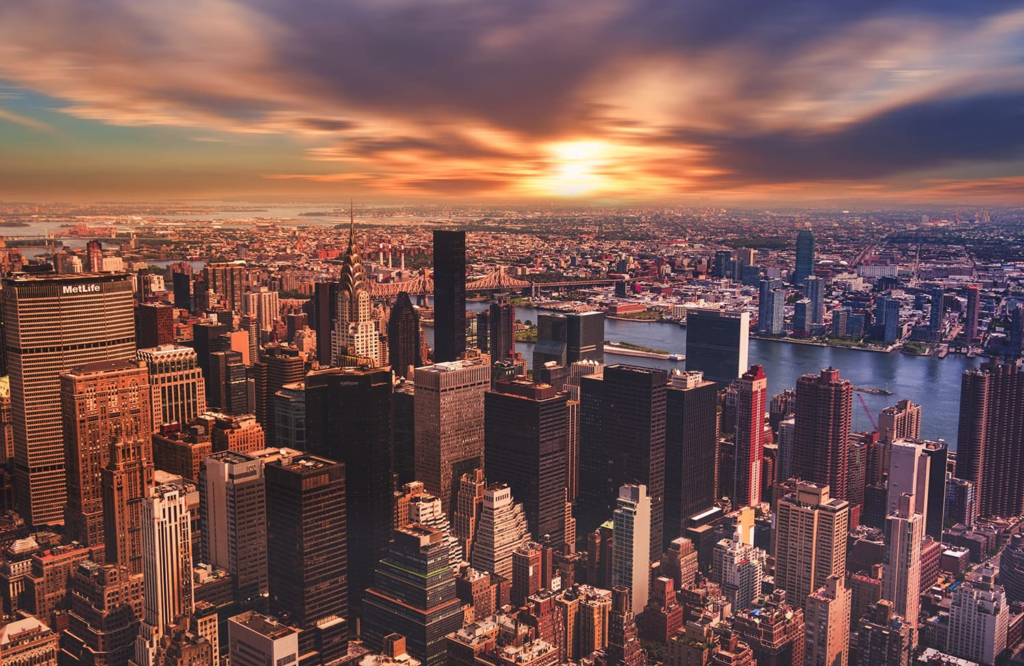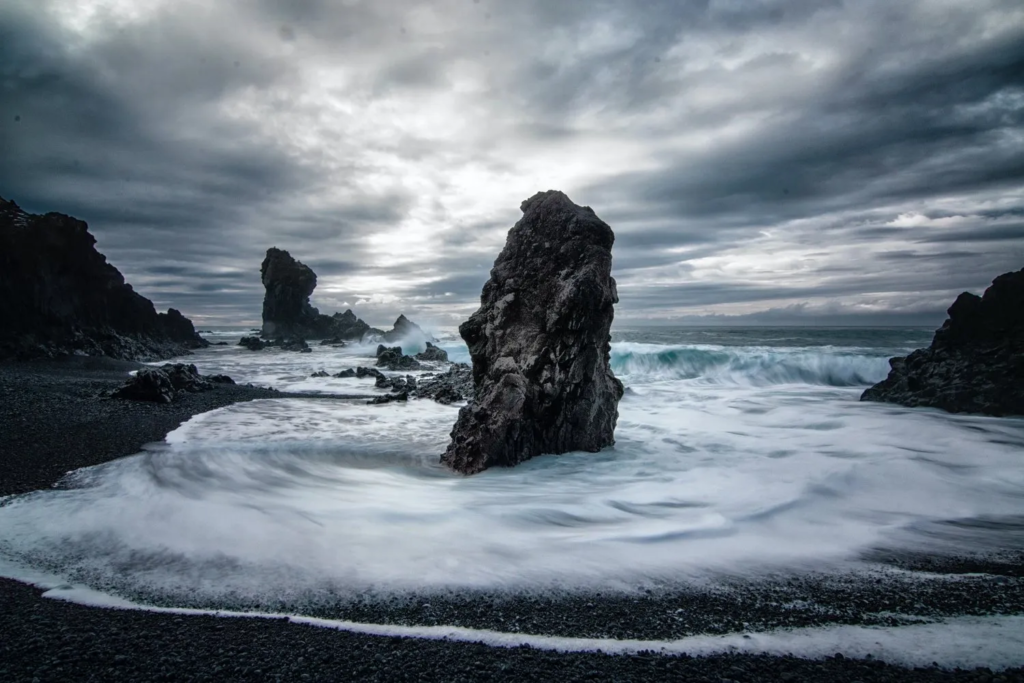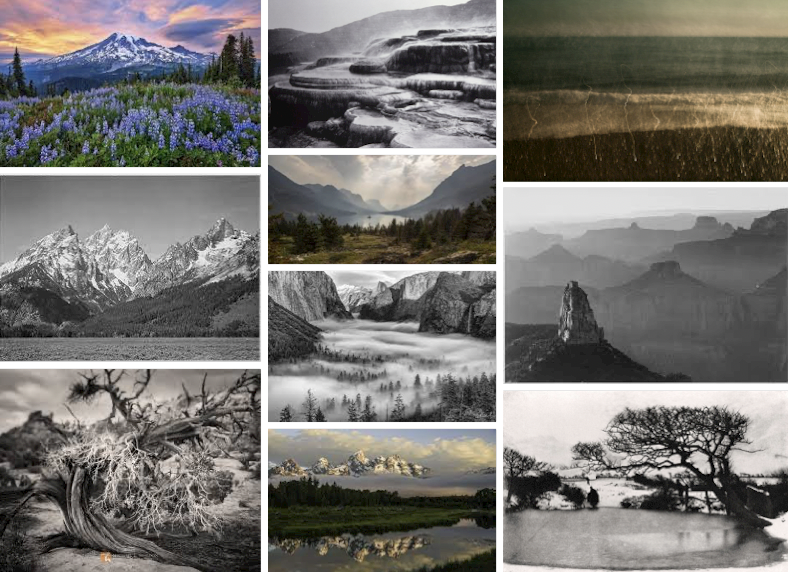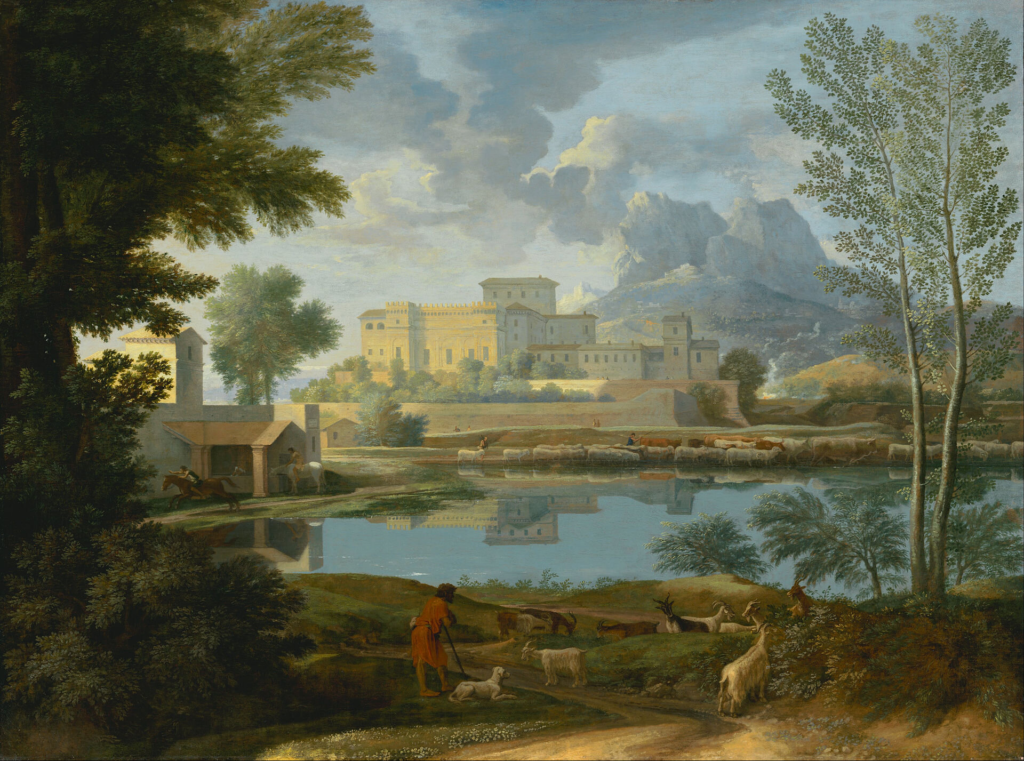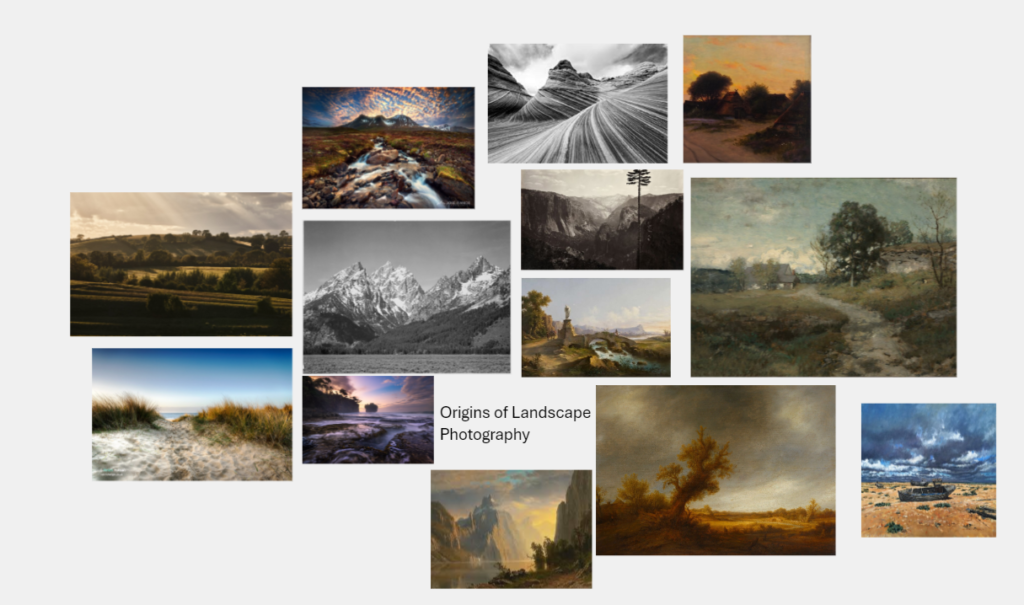
Introduction to Landscape Photography
Landscape photography the word itself comes from the Dutch word landschap, which originally meant “region, tract of land. Now a very popular genre with many different variations but it has not always been this way. In fact during the earlier time periods it was one of the lowest ranked art forms (before it became a photography genre). However as time went on into the 19th and 20th century and as the industrial revolution progressed the up and coming genre developed into the genre we know today, as people wanted to document the land before it got changed and built up.
What is Landscape Photography?
Landscape photography is a documentation of the natural world around us. Landscape photography is capturing an image that embodies the spirit of the outdoors. It carries a sense of being there to see something incredible. It’s a genre you cannot limit the definition of that the entire point is to capture something beyond limits.
Landscape Photographers
David Noton – A travel and landscape photographer having grown up in different countries and now travels full time photographing all over the world while publishing the f11 photography magazine.

Ansel Adams – A photographer who started out in one special place, now featured in a lot of his work the National parks in America. He was the first major landscape photographer pioneer, leading and inspiring photographers of his generation and ours.
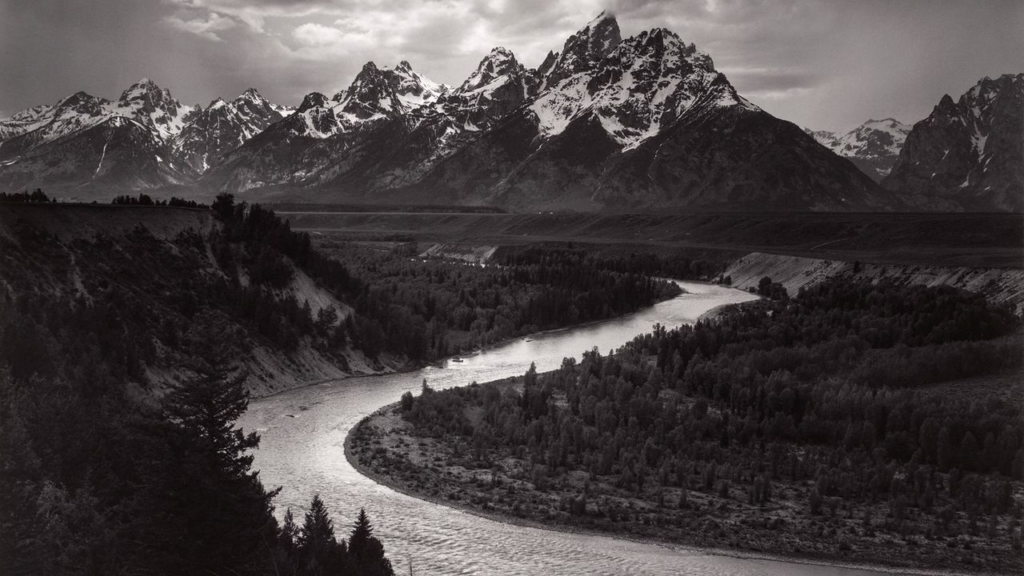
Galen Rowell – Colours are a huge part of his stunning work, Galen actually took up photography to document his climbing escapades. This led to him coining the term participating photography which, means the photo is defined by the athletic ability of the photographer.
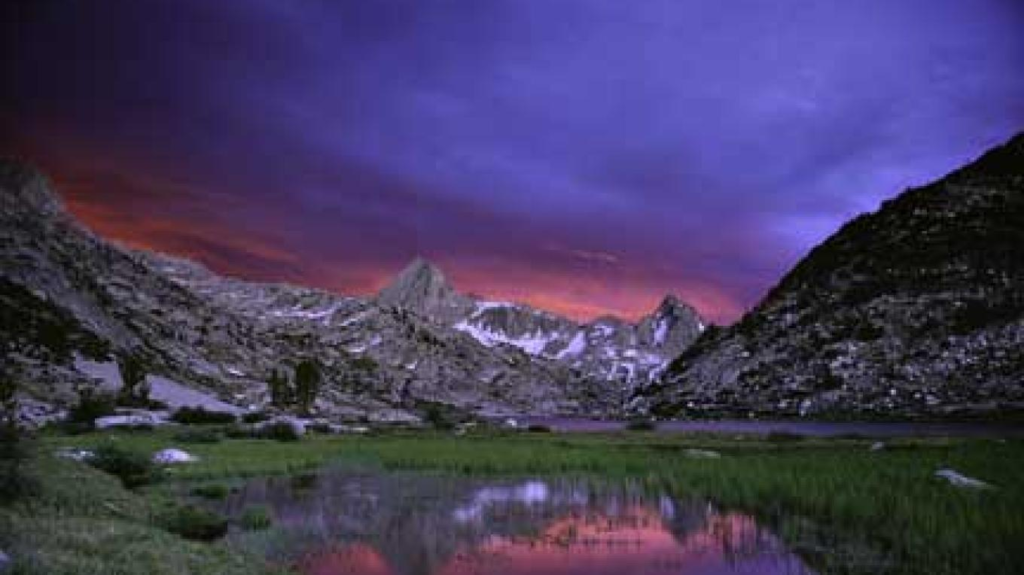
16th Century – Albrecht Altdorfer

Altdorfer was a prolific printmaker, but he produced only nine landscape etchings, which date from about 1518 to 1522. These prints were the first ones to celebrate the landscape alone without having a religious or narrative background. This particular one is of the Alpine Vista and the mountains around it. Probably produced for a niche buyer looking for something unusual for the time. This was created in the Renaissance, in which the ideas of humanism, naturalism occurred with creating many ideas still influential in our modern day work.
17th century – Nicolas Poussin

During the 17th Century, we saw the rise of Classical Landscape art. These landscapes were influenced by classical antiquity and sought to illustrate an ideal landscape recalling Arcadia, a legendary place in ancient Greece known for its quiet pastoral beauty. The classical landscape was perfected by French artists Nicolas Poussin. Poussin, who in his early years focused his talent on history painting, came to believe that landscapes could express the same powerful emotions as the human dramas depicted in history paintings. From that point on, he worked to elevate landscape to a higher status.
18th Century – Pierre Henri de Valenciennes

Through both his artistic practice and his theoretical writing Valenciennes holds a position of considerable importance in the history of landscape painting of the late eighteenth and the nineteenth centuries. By painting oil sketches from nature out-of-doors. This working method became a cornerstone of landscape painting in the nineteenth century, he also taught this method to his own students, believing it was the best way to learn how to use paint.
Romanticism period- emphasis on emotion and individualism as well as glorification of the past and nature, preferring the medieval over the classical.
19th Century – Theodore Rousseau
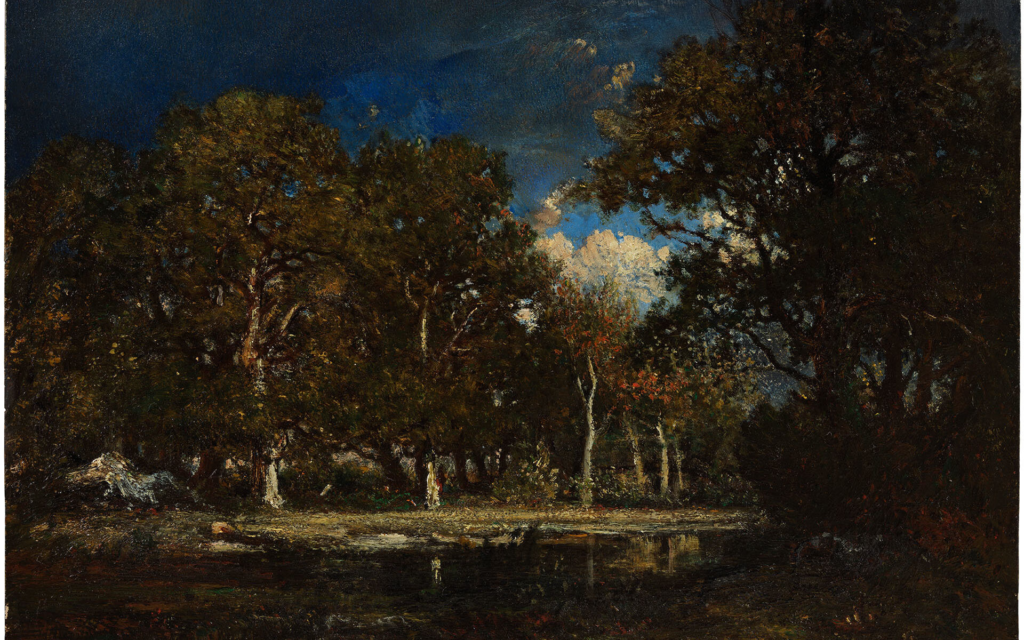
Theodore Rousseau was a French painter made famous for his unique landscape works and how it developed the art and photography world. He ran the Barbizon school of landscape painters, after discovering his love of nature and becoming one of the first painters to go into nature directly to paint it. At the time his work was considered unfinished but instead he wanted to keep the paintings this way, a direct observation of nature, this later helped create the landscape movement. His work used the use of natural lighting (within the painting) to highlight different elements in nature.
20th century – Ansel Adams

Adams work was the next biggest development in landscape photography, his work forced the development into the modern day style. Swaying away from painting and too using a camera to capture high contrast black and white images perfectly accurate to nature and real life. Most of is work including the above captures the Yosemite national park, a place Adams was passionate about and campaigned through his work about looking after throughout his life.
Modern Day – 21st Century
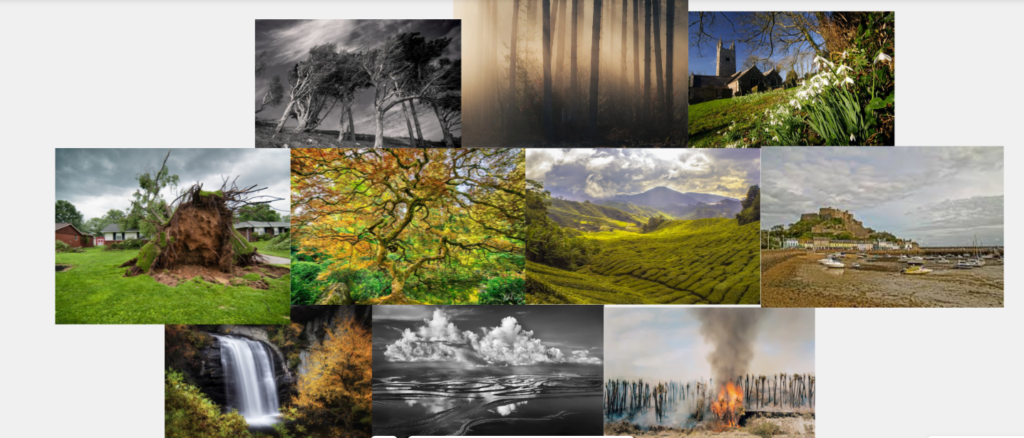
Into modern day with the introduction of social media and high quality phone cameras landscape photography has greatly changed and become largely more common. The bonus of this is there is many different and new types of landscape photography, from documentary to creating art like work for presenting. However we have never strayed too far from using photography to document the beauty we see in nature and while there are many different styles now and many different techniques to use it all comes down to a well composed, balanced image.






